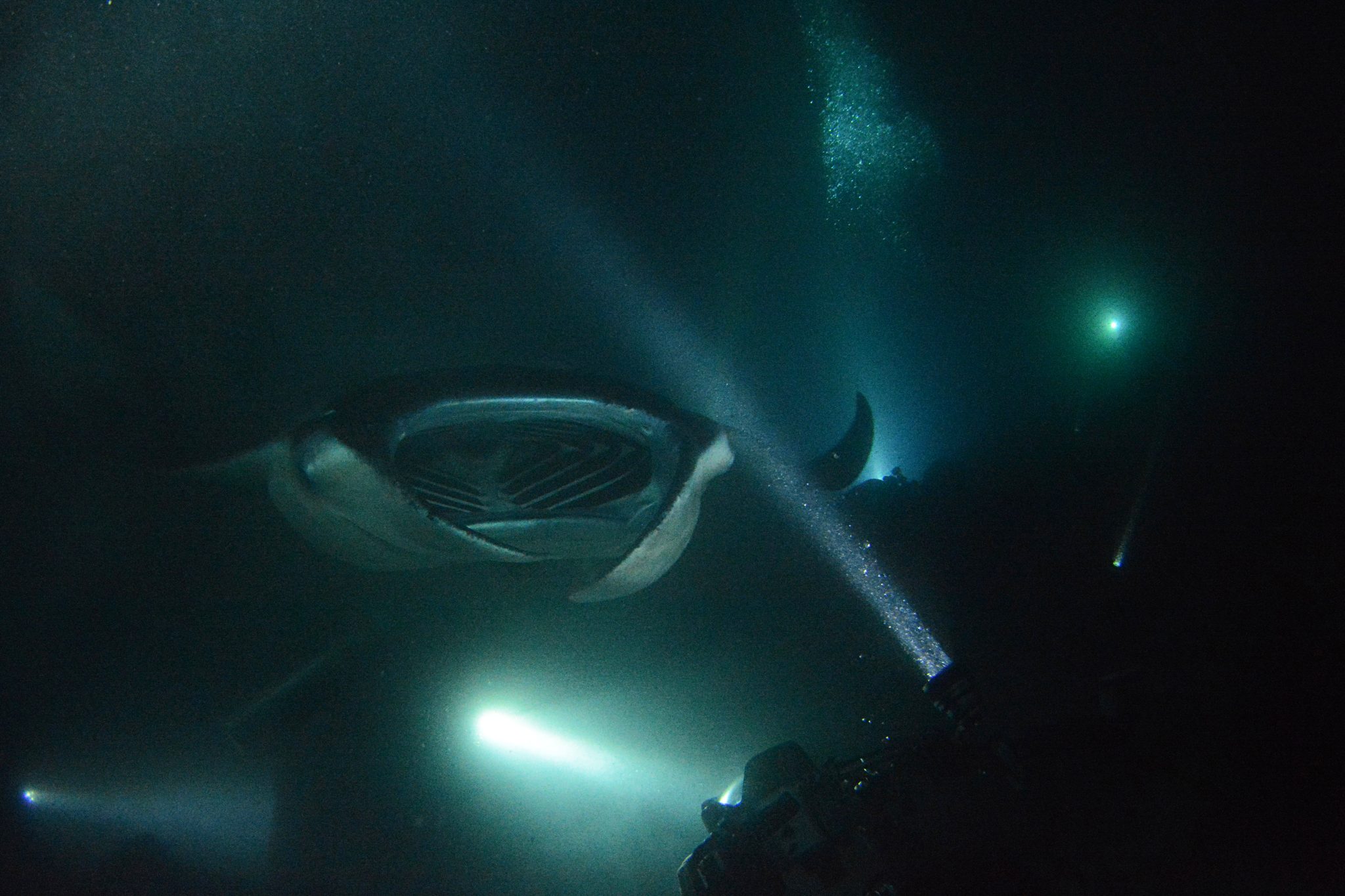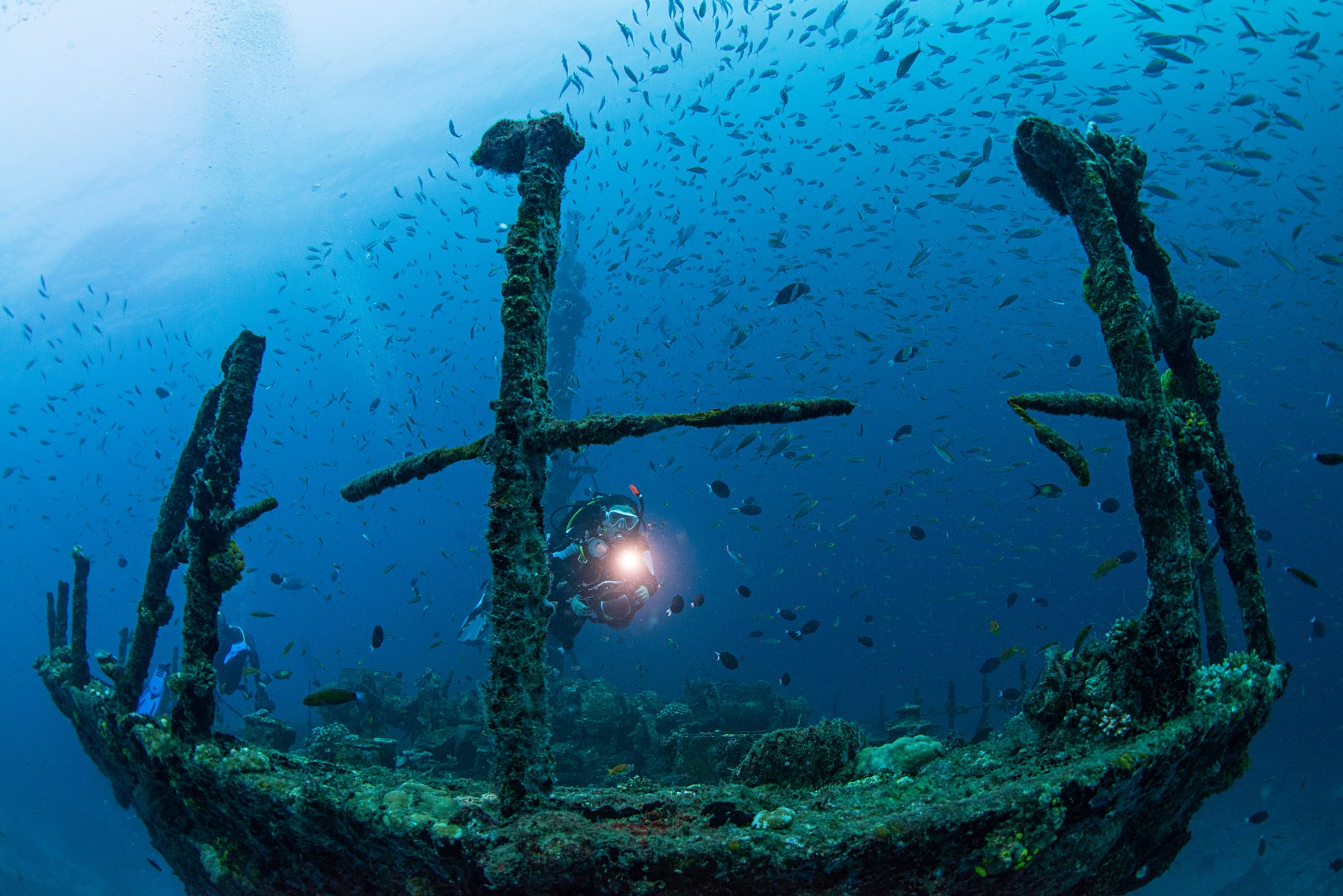Dhigali Island is pure Maldivian bliss. A luxury hideaway in the Raa Atoll is a 45-minute journey by seaplane from Male airport. It is ringed by its house-reef that offers the wonder of the marine life just a few steps from your castaway villa or overwater bungalow. Our fully equipped PADI 5-Star dive centre offers various PADI courses. With lagoon Read more...


Overview
Fact File
| Capital | Malé
|
| Population | 558,500
|
| Languages | Dhivehi, English, Arabic |
| Time | GMT +5 |
| International Dialling Code | +960 |
| Currency | Maldivian Rufiyaa (MVR), US$ used in resort islands. All major credit cards accepted. |
| Air Temperature (average) | 27°C – 31°C |
| Water Temperature (average) | 28°C – 30°C |
| Tourist Board | |
| International Airports | Male International Airport (MLE), Maafaru (NMF), Hanimaadhoo (HAQ), Gan (GAN). |
About The Diving
Home to 5% of the planet’s reefs, the Maldives has a lot of underwater landscape to explore. 187 species of coral form the reef here, supporting 1100 species of fish, 5 species of sea turtle and 21 species of whale and dolphins. The diversity of the underwater world and excellent visibility make for incredible diving.
The rich nutrients that flow in the currents provide for the reefs and also lure in large pelagics like manta rays and whale sharks. With so much to see, the main question is to do so by liveaboard or resort? Both have their advantages. Liveaboards offer those solely focused on diving a greater choice and the chance to visit some more remote sites. They can also be cheaper with packages for all budgets. Having a resort base allows you to enjoy some truly exquisite island retreats, even your own private island, with some great diving at your door and day boats out to other interesting sites.
There are several types of dive in the Maldives:
A Faru, is the Maldivian name for a reef, which can be an outer reef of an atoll a reef of an island. A Giri is a circular reef where the top reaches the surface particularly at low tide. Giri’s often have plenty of marine life and are good for novice divers. A Thila is a seamount, similar to a Giri, but further below the surface. A variety of marine life, soft corals, gorgonians and even sharks can be found on these Thila. They can be affected by strong currents, so some sites are for more experienced divers only.
A channel or a pass is when atoll meets the ocean and is a gateway to the atoll. This is commonly done as a drift dive, and the best time to dive channels is on an incoming current. The strong currents bring big pelagic fish such as sharks, mantas and tuna. The channels also offer excellent topography with caverns, swim-throughs, undercuts and overhangs to explore.
Lagoons are mostly protected from current and provide great location for practice dives and courses. There are also several wreck dives in the Maldives. While the life covering the wreck is often the main attraction, the Victory in particular is an impressive wreck.
Dive Highlights
North Male Atoll
One of the most visited areas, North Male Atoll has Manta Point, the famous manta cleaning station and an excellent reef. North Male is also home to the 100m long cargo shipwreck, the Victory, sitting in 12-35m of water and home to an array of life including ghost pipefish.
South Male Atoll
The quieter sister of the north boasts dramatic topography and strong currents. Cocoa Thila, considered one of the best sites in the Maldives is a pinnacle home to schools of fusiliers, sweetlips, snapper and trevally, with plenty of eagle rays and reef sharks.
Ari Atoll
Strong currents here bring mantas and whale sharks with schooling hammerheads, best suited to more experienced divers. Maaya Thila is a pinnacle home to a host of marine life. Adventurous divers can see shark feeding frenzies after dark and photographers can get their macro action with nudibranchs, flatworms, shrimp, leaf fish and frogfish. Mushimasmingili Thila (also known as Fish Head/Shark Point) is one of the very best shark dives, with numerous grey sharks patrolling this pinnacle that is packed with life.
Baa Atoll UNESCO Marine Biosphere reserve
Manta rays and whale sharks are the big draw here with overhangs and swimthroughs to explore such as Dhonfanu Thila. Hanifaru Bay has mating congregations of whale sharks and manta rays, both present December to May. This is a snorkelling site, as diving is now prohibited by the Maldivian government. Horubadhoo Thila has plentiful macro life and large numbers of manta rays visit numerous cleaning stations.
Vaavu Atoll
Excellent channel diving is found here. Fotteyo Kandu has several large overhangs and caves with fabulous life and Miyaru Kandu, best for experienced divers, has stronger current sweeping divers past wire coral, napoleon wrasse, rays and sharks.
Fuvahmulah Atoll
For the shark seekers, the more southerly, remote atoll of Fuvahmulah offers the chance to encounter tiger, thresher, hammerhead, oceanic whitetips, reef and whale sharks. Suited to more advanced divers, this island close to the equator is a pelagic haven.
When To Go
November to April is the dry season. January to April has the best weather and visibility, whilst August to November traditionally offers the best time to see mantas and whale sharks.












